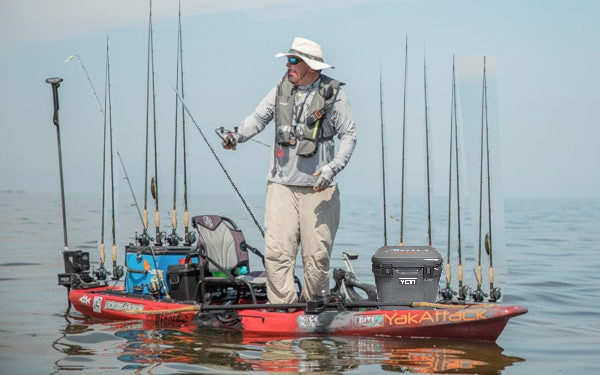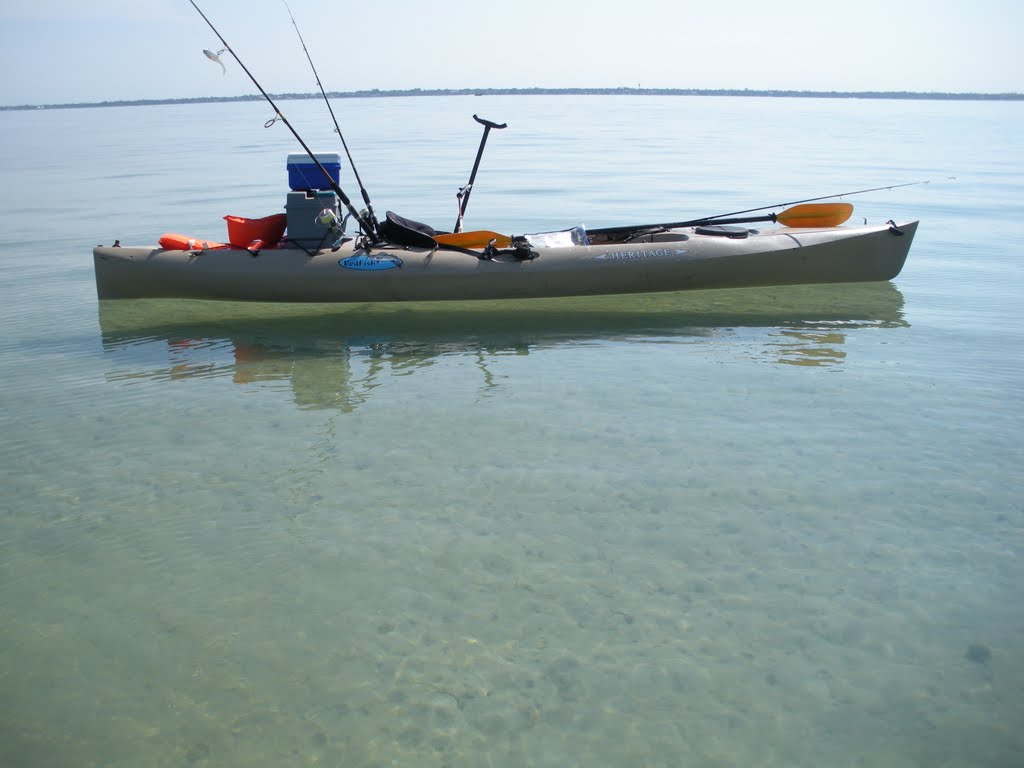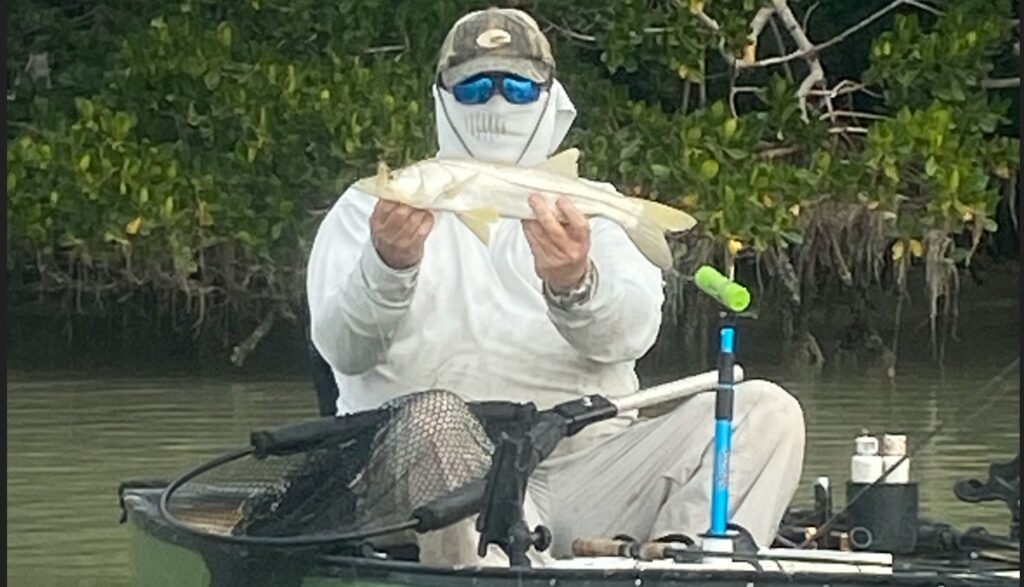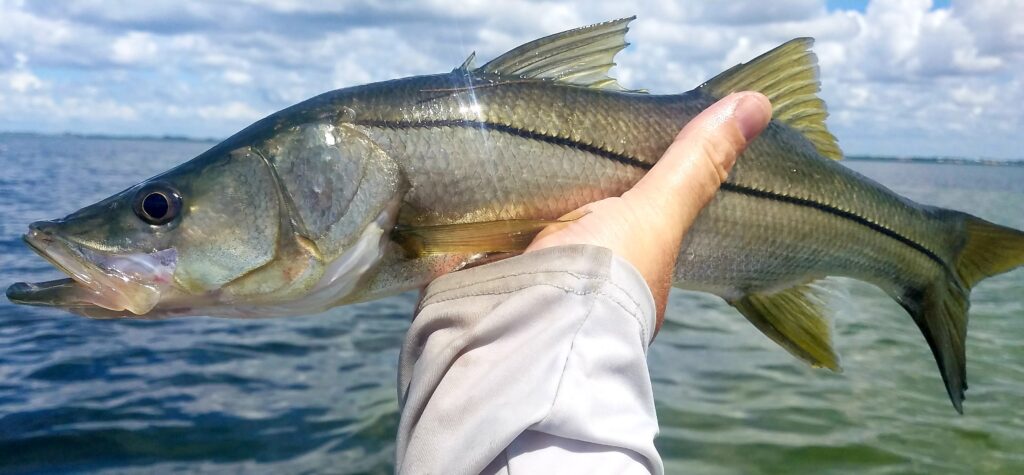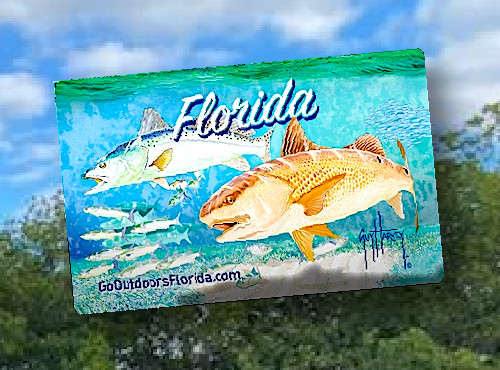Unleashing the Power of Crankbaits: A Guide to Freshwater and Saltwater Fishing
Introduction:
Crankbaits are versatile lures that can attract a wide range of freshwater and saltwater game fish. Their lifelike appearance and unique diving action make them effective at imitating baitfish and triggering predatory strikes. In this comprehensive guide, we will explore the art of fishing with crankbaits in both freshwater and saltwater environments, providing you with valuable tips and techniques to enhance your angling success.
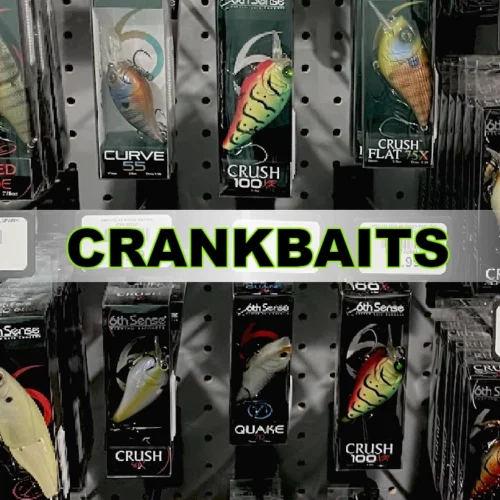
- Understanding Crankbaits:
Crankbaits are hard-bodied lures with a distinct lip that causes them to dive and wobble when retrieved. They come in various sizes, shapes, and colors, each designed to mimic different types of forage. Some crankbaits float, while others suspend or sink, allowing you to target fish at various depths. - Freshwater Perspective:
a. Target Species: Crankbaits are effective for a variety of freshwater species, including bass, walleye, pike, musky, and panfish. Familiarize yourself with the preferred forage of the target species to choose crankbaits that closely resemble their natural prey.
b. Diving Depths: Select crankbaits with the appropriate diving depth to match the depth at which the fish are holding. Shallow-diving crankbaits work well in shallow areas, while deep-diving ones are ideal for targeting fish in deeper waters or along drop-offs.
c. Structure and Cover: Crankbaits excel at covering large areas and probing structure. Cast near submerged vegetation, rocky points, fallen trees, or along the edges of weed beds. Experiment with different retrieve speeds to determine the most effective presentation for the given structure. - Saltwater Perspective:
a. Target Species: Crankbaits can entice strikes from various saltwater species, including striped bass, redfish, snook, tarpon, and offshore pelagic fish. Research the local baitfish and forage to select crankbaits that closely resemble their appearance and behavior.
b. Depth Control: Choose saltwater crankbaits with the appropriate diving depths to reach the desired zone. Consider factors such as water depth, current, and the targeted species’ feeding habits. Deep-diving crankbaits are suitable for offshore fishing, while shallower divers work well in inshore or estuarine environments.
c. Structure and Current: Focus on areas with structure or changes in current, such as rock formations, bridge pilings, jetties, or submerged reefs. Cast your crankbait near these structures and vary your retrieve speed and depth to trigger strikes. - Retrieve Techniques:
a. Steady Retrieve: The steady retrieve is a simple yet effective technique. Reel in your crankbait at a consistent speed, allowing it to dive to its designated depth and swim with its natural wobbling action. This technique is great for covering large areas and enticing reaction strikes.
b. Stop and Go: The stop and go retrieve involves intermittent pauses during the retrieve. After a few cranks, pause briefly to imitate a wounded or disoriented prey. This technique can be particularly effective in triggering strikes from hesitant or finicky fish.
c. Bumping Structure: When fishing around structure or cover, intentionally bump your crankbait against objects such as rocks or submerged timber. This mimics a startled baitfish and can provoke aggressive strikes from nearby predators. - Color Selection:
Crankbaits come in a wide array of colors, allowing you to match the local forage or experiment with contrasting patterns. In clear water, natural or realistic colors tend to work best, while in stained or murky water, brighter or more vibrant colors can enhance visibility. - Tackle and Gear:
a. Rod and Reel: Choose a medium to medium-heavy spinning or baitcasting rod that provides enough backbone to handle the crankbait’s diving action. Pair it with a reel that has a smooth drag system and sufficient line capacity to handle potential long-distance runs.
b. Line Selection: Use monofilament, fluorocarbon, or braided lines depending on the fishing conditions. Monofilament offers good buoyancy and shock absorption, fluorocarbon provides excellent invisibility, while braided lines offer added strength and sensitivity.
c. Terminal Tackle: Opt for treble hooks with appropriate sizes for the crankbait you’re using. Check the hooks for sharpness and consider replacing them if necessary to ensure optimal hooksets. - Conclusion:
- Mastering the art of fishing with crankbaits opens up exciting opportunities in both freshwater and saltwater environments. By understanding the characteristics of crankbaits, selecting the right diving depths, experimenting with retrieve techniques, and considering the target species and prevailing conditions, you can increase your chances of success. Remember to stay observant, adapt to the fish’s behavior, and be prepared for thrilling strikes and memorable fishing experiences when employing crankbaits in your angling arsenal.
Additional Reading
Mastering Topwater Baits: Tips and Techniques for Freshwater and Saltwater
Mastering Soft Plastic Jerkbaits: Tips and Techniques for Success
How to Fish with Grubs: Tips and Techniques for Successful Fishing

